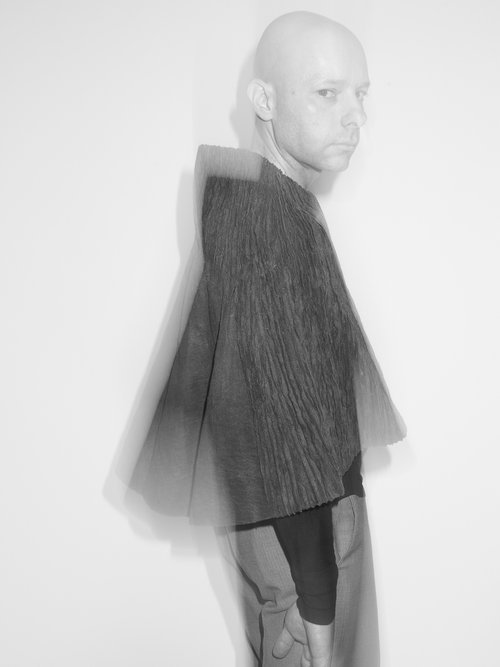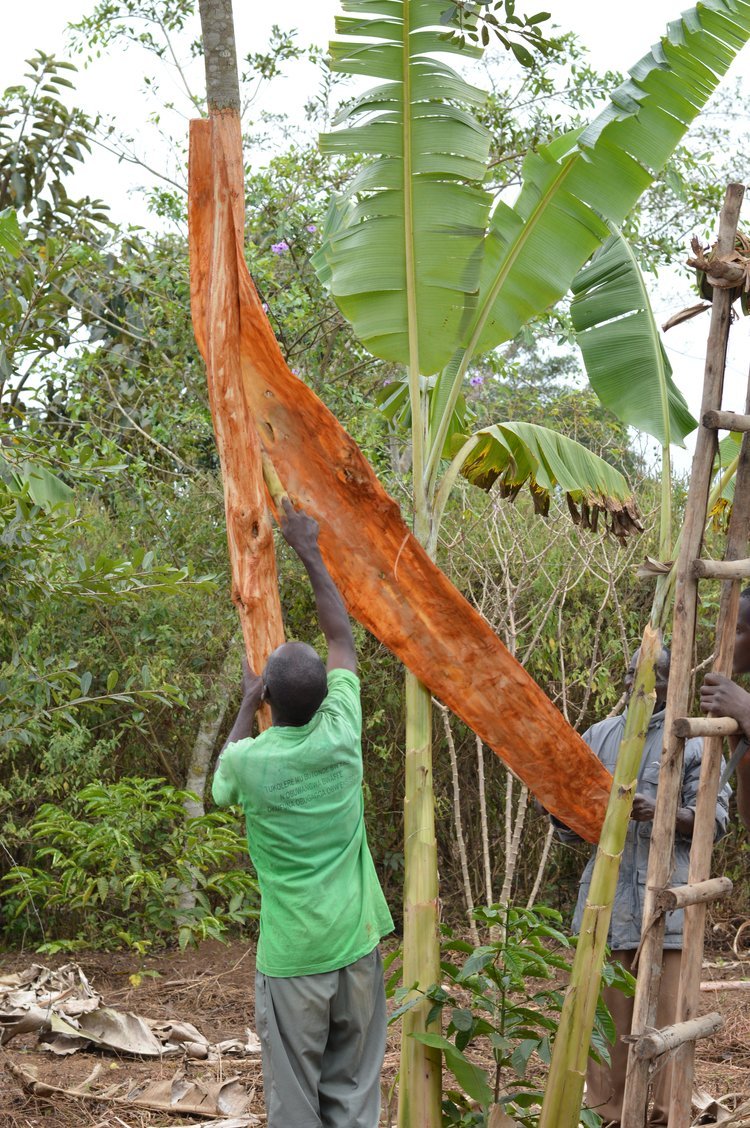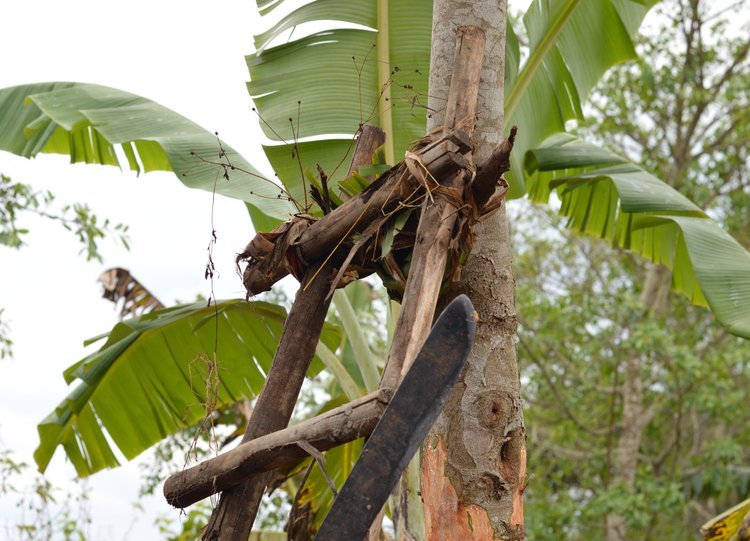





Barkcloth Research Network
surfaces
ao textiles is committed through practice-led research to exploring future avenues for plant-based colour. One avenue is the exploration of barkcloth.
Karen leads in this area of research drawing on various strands of her practice. Her investigation into barkcloth has centred on surfaces and finishes, exploring colour and stitch. BCRN acknowledges that they are working with a borrowed cloth and that ultimately key research will be handed back to the community. With this in mind she begun to look at possible sustainable low-tech surfaces for the bark cloth that were repeatable and, in time, scalable. Although the rich terracotta colour natural of bark cloth is popular in Uganda, it was felt that it carries connotations of handicraft to other audiences. As it was important to create a colour that relates well to the luxury fashion market resulting in the choice of black was made. To address the need for a solution that delivered low environmental impact, natural dyes were employed to achieve various shades of black. A series of trials led to the development of recipes for black that included the natural dyes logwood and indigo. The use of simple materials kept the circular ethos at the centre of the process.